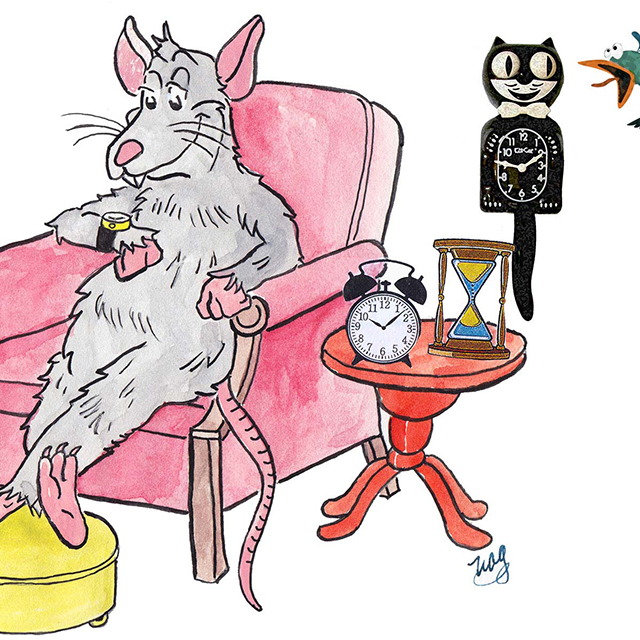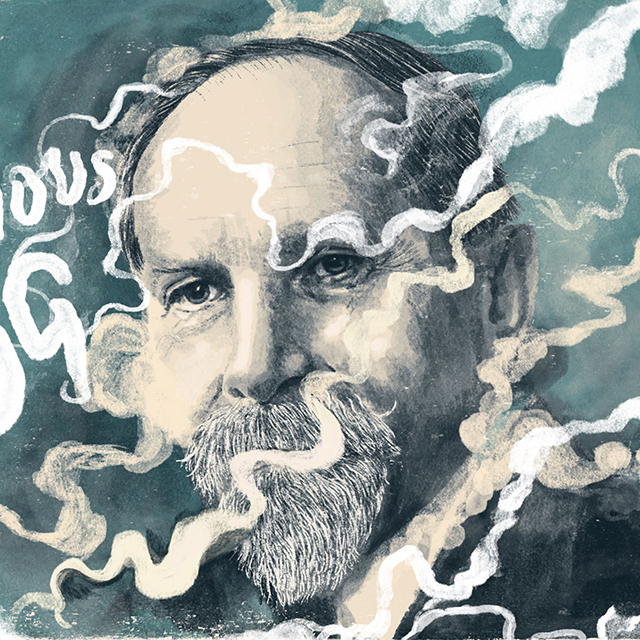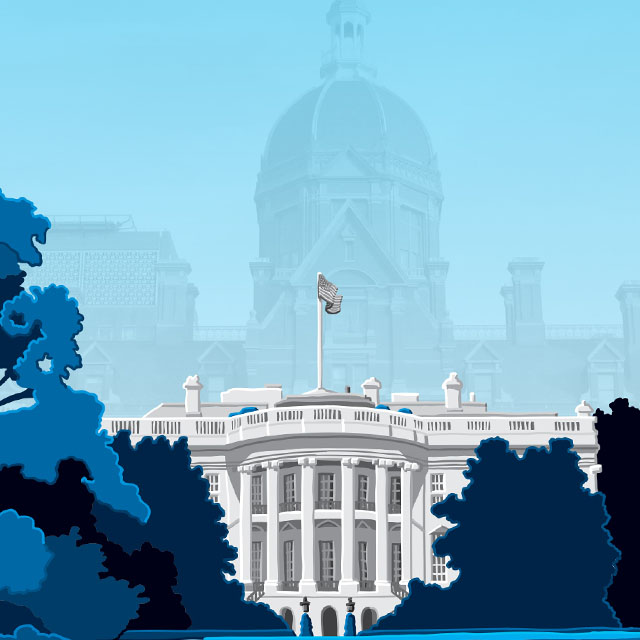As we observe Veterans Day this year, following the 75th anniversary of the end of World War II, it is appropriate to note the connection between Johns Hopkins Medicine and John McCrae (1872–1918), the author of one of the most famous wartime poems of the 20th century.
In 1899, the young Canadian doctor briefly was a pathology fellow at The Johns Hopkins Hospital, where his older brother, internist Thomas McCrae (1870–1935), was on the Department of Medicine faculty.
Thomas McCrae collaborated with another Canadian physician — William Osler, head of the Department of Medicine and one of the four doctors who founded The Johns Hopkins Hospital and medical school — on Osler’s landmark text, The Principles and Practice of Medicine. John McCrae also studied with and became close to Osler during the year McCrae was at Johns Hopkins. At that time, surgeon J.M.T. Finney, the chief assistant to head surgeon William Halsted, became friendly with John McCrae — known at Johns Hopkins for his abilities as a writer and poet, as well as for his “infectious smile.”
Eventually, McCrae returned to Toronto, where he had obtained his medical degree from the University of Toronto. He later taught at McGill University, where he became renowned for his knowledge of such infectious diseases as tuberculosis, scarlet fever, nephritis and lobar pneumonia. He also contributed chapters to Osler’s Modern Medicine, Its Theory and Practice, in General Contributions by American and Foreign Authors, a 10-volume textbook edited by McCrae’s brother.
With the outbreak of World War I in August 1914, John McCrae immediately enlisted as a medical officer. A battlefield physician, he tended to hundreds of wounded soldiers daily.
On May 2, 1915, one of McCrae’s closest friends, Alexis Helmer, was killed by a German shell near Ypres, Belgium, an area traditionally called Flanders. Like all battlefield casualties, Helmer was buried hastily in a makeshift grave in a field blossoming with springtime poppies. According to some accounts, the grieving McCrae began to write “In Flanders Fields” hours later. The elegiac poem in honor of the war dead remains powerful to this day.
“In Flanders Fields” was published anonymously in the Dec. 8, 1915, issue of the British magazine Punch. It quickly became perhaps the most celebrated poem of the war — and it became known that McCrae was its author.
Shortly after writing “In Flanders Fields,” McCrae became the chief medical officer at the 1,560-bed McGill University-affiliated No. 3 Canadian General Hospital in Boulogne, France. Finney was then head of the 1,000-bed Johns Hopkins Base Hospital Unit 18, the first U.S. university center medical unit to go to France. Although it was some 286 miles northwest of the McGill hospital, Finney decided to have lunch there with his old friend. He found the once cheery Canadian profoundly altered.
“The harrowing experiences he had been through during the War had taken their toll,” Finney wrote in his autobiography, “and I was shocked to observe the great change that had taken place in the McCrae I had known at Johns Hopkins not so many years before.”
That was the last time Finney would see McCrae. On Jan. 28, 1918, shortly after their meeting, McCrae died of pneumonia and meningitis at the age of 45. He was buried in Wimereux Cemetery, north of Boulogne and not far from the fields of Flanders.
Watch a video of a choral version of “In Flanders Fields” performed by the Swedish heavy metal band Sabaton on its ninth studio album, The Great War.



